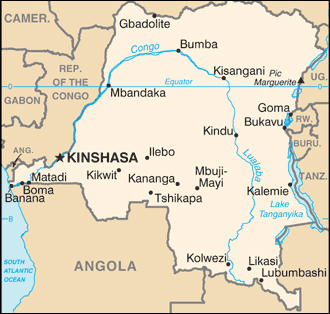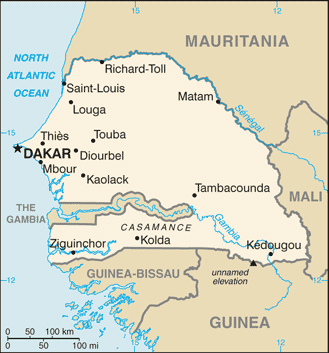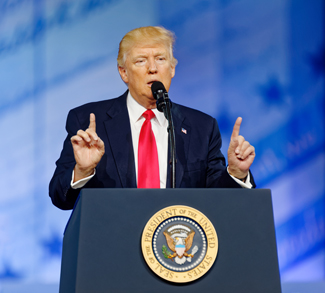Politics
The Democratic Republic of Congo (DRC) political system is structured by the amended constitution of 2006. The president is elected by popular vote for a 5 year-term (for a maximum of two terms). As a republic, the government has a bicameral legislature, the National Assembly and the Senate. The National Assembly has 500 seats, of which the large majority are elected by proportional vote for a 5-year term. The prime minister is elected by the controlling party or coalition of the assembly. The Senate has 108 seats, all of which are elected indirectly as well for 5-year terms. The country is divided into ten provinces, which all elect their own provincial assemblies.
The DRC experienced an extensive period of civil conflict since its independence in 1960, and held its first free elections in four decades only in 2006. The absence of a strong and effective central government over such a long period has led to the creation of a high number of political groups and parties which exist solely for the purpose to control and represent territories, and to enforce allegiance to individual leaders rather than any overarching sense of nationhood or ideology. More than 270 parties are registered with the Ministry of Internal Affairs.
While all state institutions are now operational, the election of Joseph Kabila as new president in 2011 raised concerns about transparency within the electoral process both internationally and nationally.




